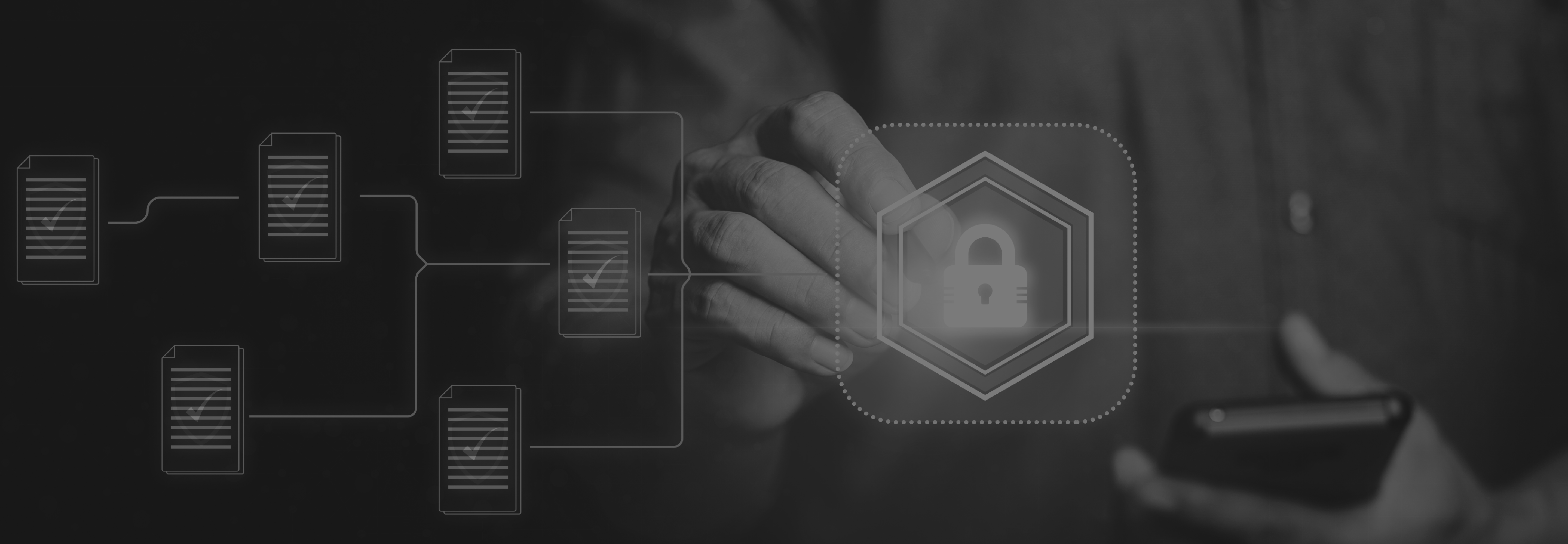Cloud Modernization v/s Cloud Migration: What to choose?
Modernization and migration are two approaches that organizations often consider when looking to update or upgrade their systems and infrastructure. While both can be effective ways to improve efficiency and effectiveness, they differ in terms of their scope and approach. Migrating a legacy system to the cloud can provide cost and efficiency benefits, but it doesn’t offer a growth perspective for the application. Modernization, on the other hand, can improve communication and collaboration across departments and lead to more organized processes and workflows, as well as provide actionable insights through real-time reporting to respond to issues and meet customer demands more efficiently. Modernization is a wiser choice for companies as it is more practical and cost-effective than plain cloud migration, providing benefits such as increased efficiency, reduced TCO, and actionable insights. It can also maximize the value of legacy workloads and provide business returns from assets. In this blog, we’ll explore the key differences between modernization and migration, and provide guidance on which option may be the best fit for your organization.

Modernization:
Modernization refers to the process of updating and improving existing systems and processes, typically through the incorporation of new technologies or the adoption of new practices. Modernization can take many forms, including:
- Updating hardware and software to more modern, supported versions
- Refactoring code to improve maintainability and performance
- Adding new features or capabilities to existing systems
- Integrating new technologies into existing systems
Modernization is often seen as a more incremental approach to improving systems, as it involves working within the existing infrastructure and making incremental changes to improve performance and functionality. This can be a more cost-effective and less disruptive approach than a full migration, as it allows organizations to preserve their existing investments and build upon them over time.
Migration:
Migration refers to the process of moving from one system or platform to another. This can involve moving to a new version of a system, or switching to a completely different platform altogether. Migration can be a complex process, as it typically involves a complete overhaul of an organization’s systems and processes, and requires careful planning and execution to ensure a smooth transition.
There are several reasons why an organization might choose to migrate to a new system, including:
- End-of-life of the current system: If the system an organization is using is no longer supported or has reached the end of its lifecycle, it may be necessary to migrate to a new system in order to continue receiving updates and support.
- Improved functionality: A new system may offer improved features and capabilities that the current system lacks.
- Cost savings: A new system may be more cost-effective in the long run, either through lower licensing fees or by providing greater efficiency.
Migration can be a costly and time-consuming process, as it often involves a complete overhaul of an organization’s systems and processes. It is important to carefully evaluate the costs and benefits of migration before embarking on this path.

Which is right for you?
When deciding whether to modernize or migrate, there are a few key factors to consider:
Cost: Modernization is typically a more cost-effective option, as it involves updating and improving existing systems rather than starting from scratch. Migration can be a significant investment, especially if it involves switching to a new platform.
Disruption: Modernization is generally a less disruptive process, as it involves making incremental changes to existing systems. Migration, on the other hand, can be a major disruption as it involves moving to a completely new system and potentially retraining staff.
Capability: If the existing system is no longer capable of meeting the needs of the organization, or if there are major limitations that cannot be addressed through modernization, migration may be the better option.

In Brief:
To get the most out of the cloud, a business should understand cloud migration, cloud-native architecture, and application modernization. Application modernization, the process of updating and improving legacy systems, can have numerous benefits for a business. It can save money, improve customer experience, increase IT productivity and employee motivation, improve app quality and speed up the go-to-market process. However, there are two approaches to modernizing legacy systems: migration and modernization. Migration involves transferring existing infrastructure to the cloud, while modernization involves updating and improving the system for use in the cloud. Modernization can be more beneficial for small businesses, as it provides a long-term growth strategy and takes advantage of the full benefits of the cloud. Migrating and modernizing together can further improve overall operations and give technology a fresh perspective. It can also improve communication and collaboration, provide actionable insights through real-time reporting, and optimize workflows. It’s important to choose the right cloud service provider and make sure all business units are involved in the process in order to maximize the benefits of modernization.
Conclusion:
Ultimately, the decision between modernization and migration will depend on the specific needs and goals of your organization. Determine the best cloud platform and create a corresponding migration or modernization plan, considering the pros and cons of different scenarios. It is important to determine the best course of action and involve all business units in the process to prepare for the impact of the change and to have a clear understanding of the resources and budget available. Working with a partner who understands your legacy context and business goals can help you successfully migrate and modernize your applications.






